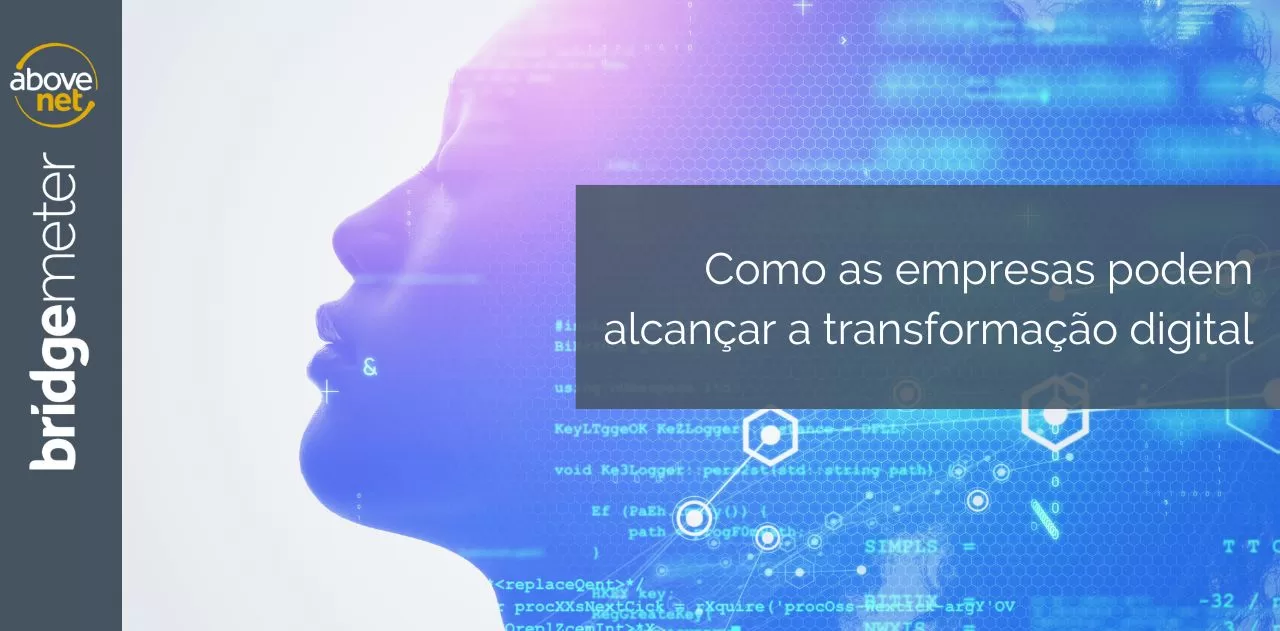To achieve a clear, transparent, and simple company digitalization process, it is first necessary to enable collaborative technology integration. Separate initiatives carried out by different sectors within ecosystems that don't communicate with each other will not position the company for digital transformation.
The digitalization process begins with a single initiative integrating various technologies, including the Internet of Things (IoT), but also Artificial Intelligence, Machine Learning, Blockchain, Big Data, and many others that make up Industry 4.0.
Just as in an orchestra where dozens of instruments need to converge into a clear and pleasant melody, so it is necessary to integrate different technologies within companies.
For most companies, the basic concept of digital transformation isn't clear. The pressure of daily life, the need to meet targets and increase efficiency, turns the digitalization process into a headlong rush, and only later, after the investment has been made, do they realize the decision was wrong.
Therefore, one of the major challenges for companies in keeping up with this transformation process is raising awareness of collaborative technologies. Digitalization will be complete when applications across different verticals can communicate horizontally and decentrally with other solutions.
In this article, we will focus primarily on aspects related to IoT, as it is one of the foundations for a digital transformation process and one of the main challenges facing companies.
Who should carry out the process?
A comprehensive digital transformation process must involve the entire company, from the C-suite to the operational level, and involve changing organizational culture and processes. Specifically in IoT projects, the initiative is often led by IT in conjunction with OT.
However, the innovation process should ideally involve specialized suppliers from outside the company. IT/OT departments are already overwhelmed by day-to-day internal demands and, moreover, tend to operate according to the company's core business, leaving the responsibilities and deliverables of an IoT project to qualified suppliers.
Companies experienced in marketing and implementing Internet of Things solutions are aware of trends, market issues, and customer pain points, and are already experimenting with solutions in various projects.
It's common for clients to want to define applications and areas for integration and data collection. But just as important as collecting data is knowing how to manage all this information for the benefit of the company.
The path to Digital Transformation in industry
Solution-as-a-service is the most cost-effective and secure way for a company to digitize its operations. In this model, the most important thing for the client/company is to know the solution's success KPIs.
Managers need to ask themselves, "What do we want to achieve by improving efficiency?" and "What pain points will IoT solve?" Many companies don't know what they want to measure with IoT or where they hope to go, and this is an important process for Digital Transformation.
It's possible to start small. Some customers start with one machine. Size isn't the issue; the concept is the most important. After all, how will the gains be visualized? At this point, the as-a-service solution is another factor for the customer to visualize the returns through technology.
There's a wealth of information that's extremely useful and helps companies save money and achieve a return on their investment . In preventive maintenance contracts, for example, predictive and remote monitoring saves teams logistical resources and avoids unnecessary operational downtime.
Another point is that with a solution as a service, the burden of operation falls on the solution provider, who must monitor and deliver the data. The company/client doesn't need to invest in developing a solution and is free to search the market for providers that best meet their needs.
IoT plug and play is the trend for 2023
The varying protocols available in the industry make it somewhat more conservative for adopting off-the-shelf IoT solutions. Introducing plug-and-play devices into the industry requires a platform that supports multiple protocols, interfaces, and communication flexibility with different software.
This interoperability enabled Bridgemeter, Above-Net , to modernize M2M communications for a large sanitation company . The challenge was to enable different technologies to read data and share it with the SCADA systems of four companies.
"We built a product based on observing market problems. It's not about assuming the market needs a solution and then trying to push it onto the public. We observe the intersection of problems across all our customers, then we develop a solution for them, because we know there will be high demand," commented Marcelo Ramos, Vice President of Above-Net.
Bridgemeter is a modern, innovative cloud-based solution capable of connecting to any industrial sensor or equipment, enabling monitoring, collection, programming of intelligent rules for problem prediction, and analysis of data from remote locations.
The system can receive information from equipment, PLCs (Programmable Logic Controllers), digital or analog sensors, motors, trucks and even light vehicles as well as cameras, tablets and smartphones with tracking and generate real-time alarms quickly and accurately.
Above-Net's Industrial IoT platform is offered as a solution as a service (SaaS) with OPEX-based investment and zero CAPEX. With a low monthly fee per monitored point, you can deploy a high-availability, data-secure industrial solution without worrying about system development and integrations that deviate from your company's business model.


